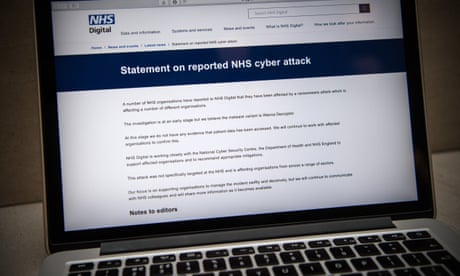 On what was to be her wedding day, Stephanie Villarosa ate chocolate-flavored rice porridge out of a styrofoam cup. Under normal circumstances—rings exchanged, fidelity promised, bride kissed—she and her family would have been feasting on lechón, roasted suckling pig, a delicacy in her fiancé’s hometown of Iligan City on the southern Philippine island of Mindanao. Instead, Villarosa was huddled on an institutional plastic chair 38 km south of Iligan, inside Marawi City’s provincial government building. Outside, sniper fire crackled over the mosque-dotted hills to the east and military FA50 fighter jets thundered overhead. Wedding or no, the porridge was nourishing, and Villarosa was happy: “God is good. Today we survived.”
On what was to be her wedding day, Stephanie Villarosa ate chocolate-flavored rice porridge out of a styrofoam cup. Under normal circumstances—rings exchanged, fidelity promised, bride kissed—she and her family would have been feasting on lechón, roasted suckling pig, a delicacy in her fiancé’s hometown of Iligan City on the southern Philippine island of Mindanao. Instead, Villarosa was huddled on an institutional plastic chair 38 km south of Iligan, inside Marawi City’s provincial government building. Outside, sniper fire crackled over the mosque-dotted hills to the east and military FA50 fighter jets thundered overhead. Wedding or no, the porridge was nourishing, and Villarosa was happy: “God is good. Today we survived.”
Survival has become a daily battle in Marawi, the capital of Mindanao’s Lanao del Sur province and whose mostly Muslim 200,000 population make the city the biggest Islamic community in what is otherwise an overwhelmingly Catholic country. Villarosa, a teacher in Marawi, was handing out wedding invitations when black-clad fighters of what the locals call Grupo ISIS swarmed the streets. She ran, hid, and took shelter in a nearby house with 38 other people. Outside, she heard, her workplace Dansalan College was burning, and Christians were being killed. “We rescued ourselves—no military,” says Villarosa. “We had to run, walk, crawl.” Seven of her colleagues, including the school’s principal, were unaccounted for, but, low on food and water, and with news that the military was set to bomb the area, Villarosa decided to get to the sanctuary of city hall. “It looked like a movie outside, it looked like The Walking Dead,” she says, referring to the post-apocalypse U.S. TV series.













